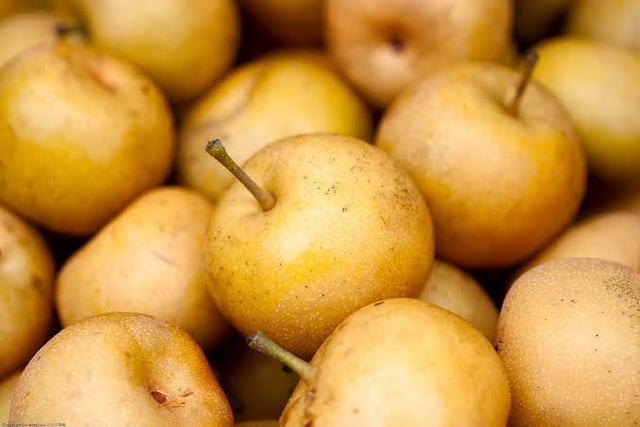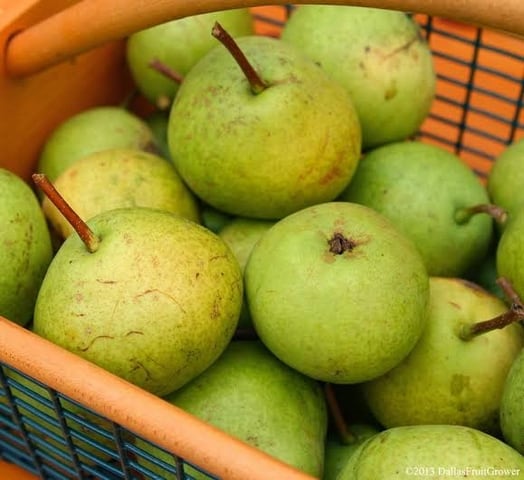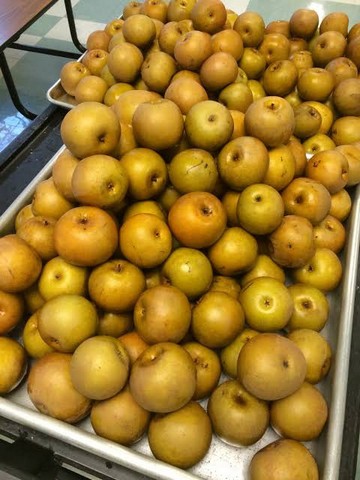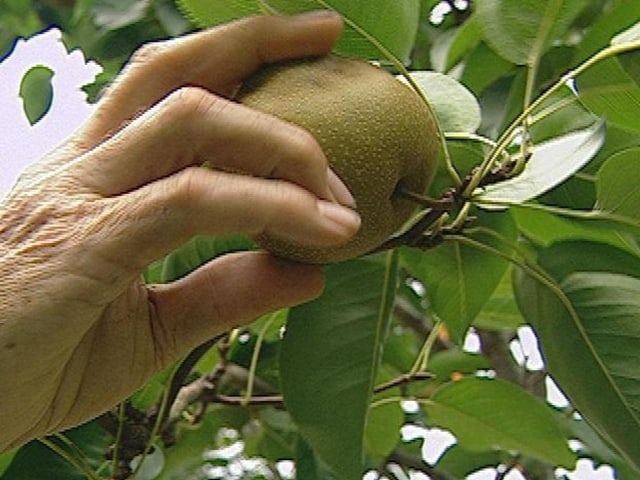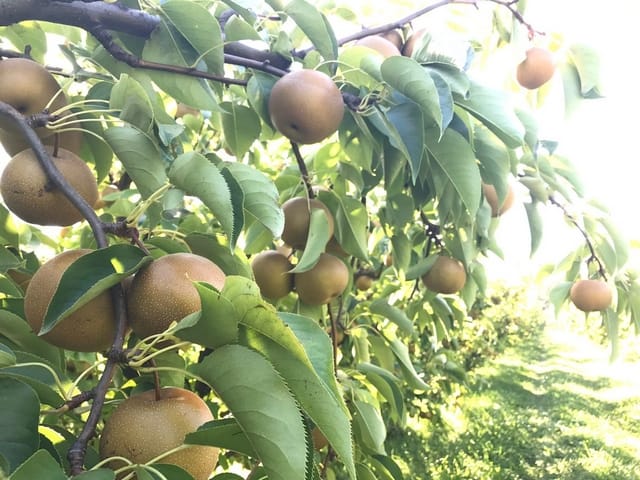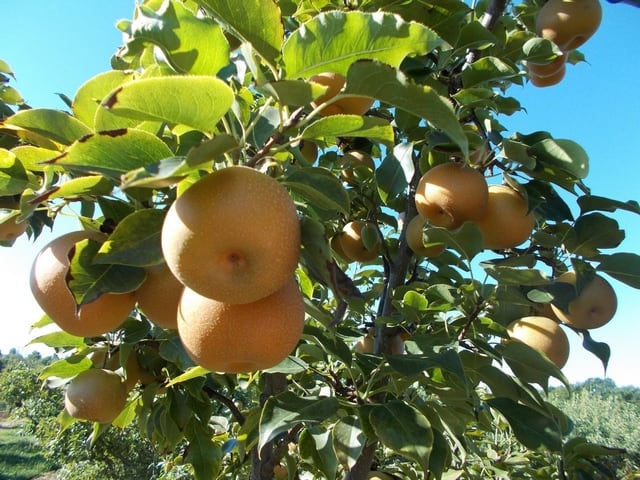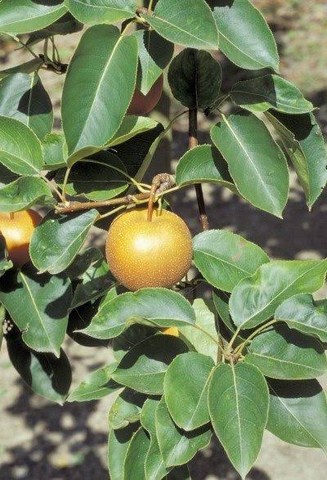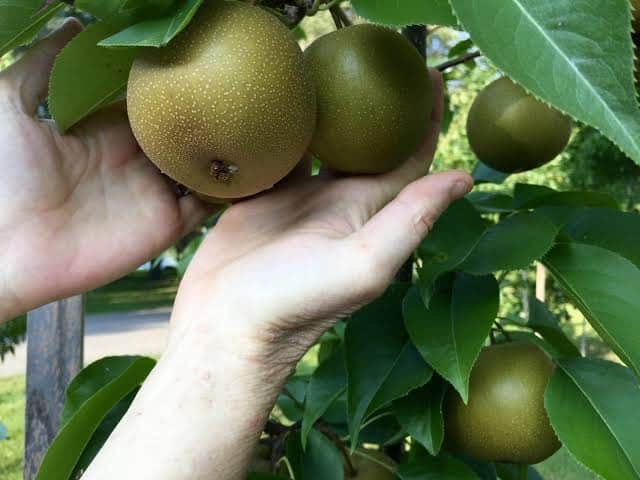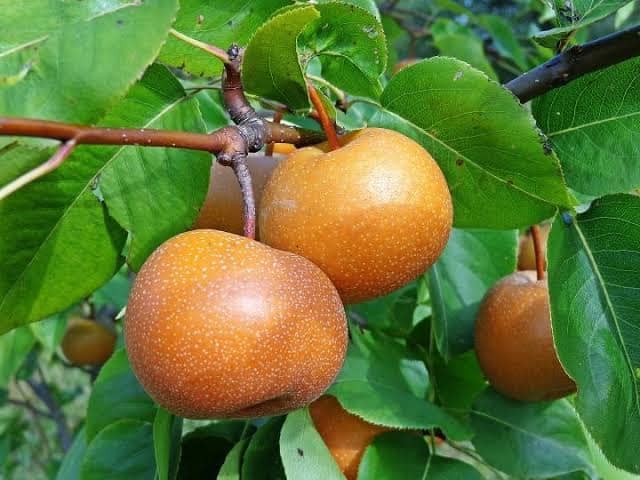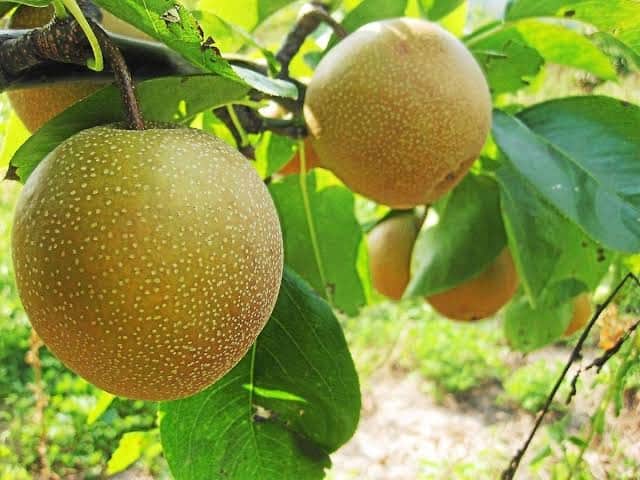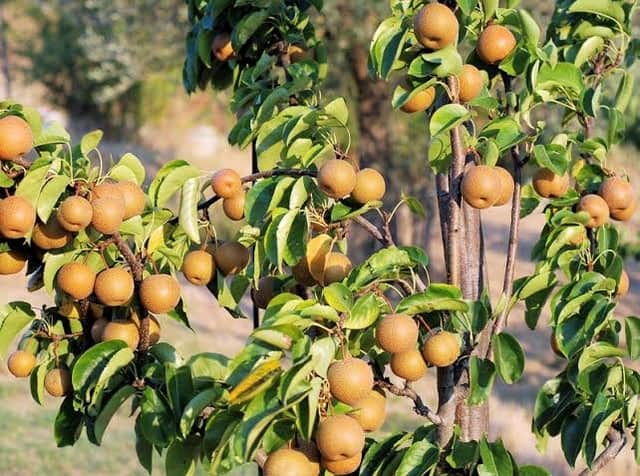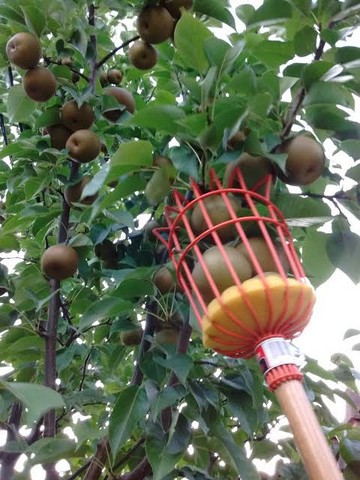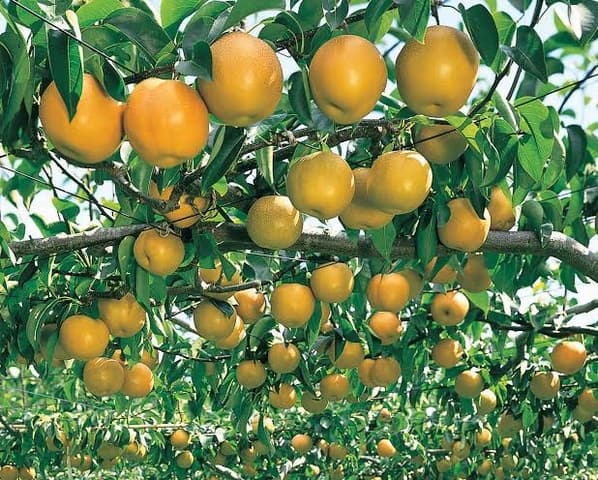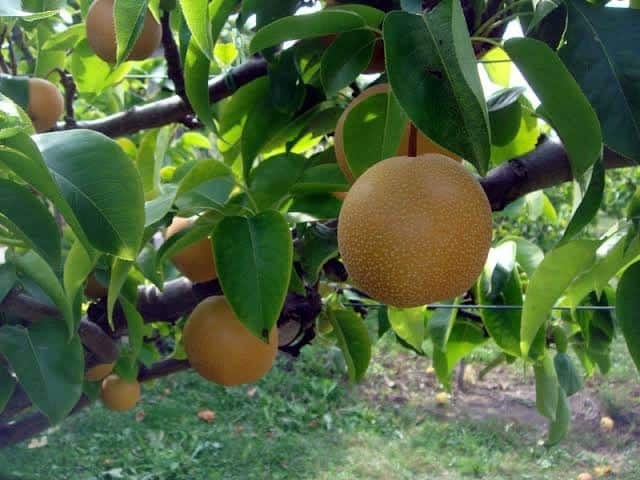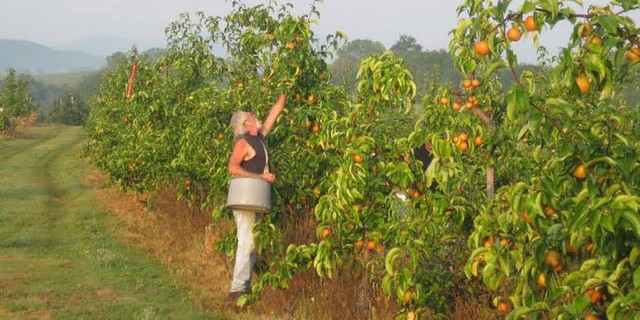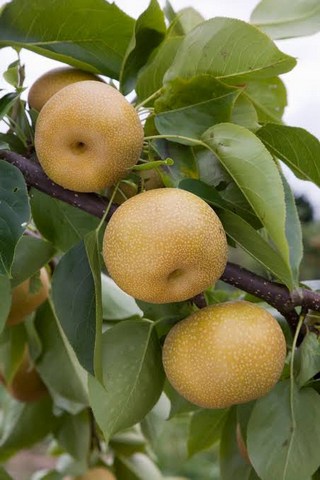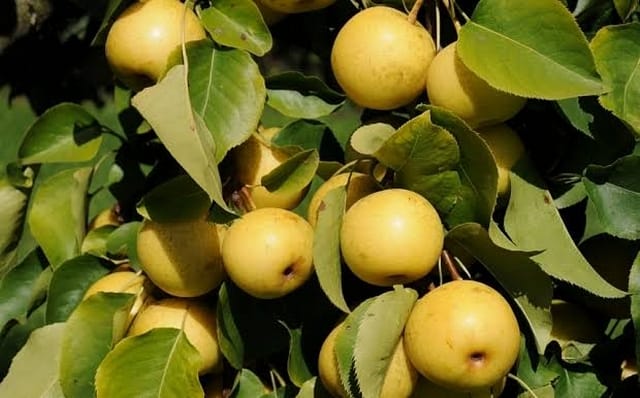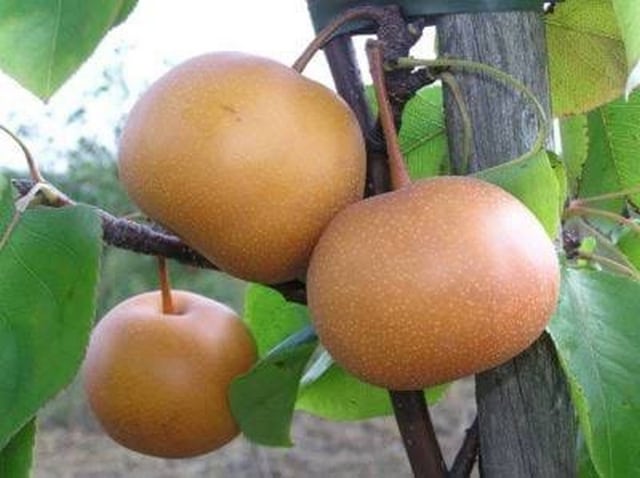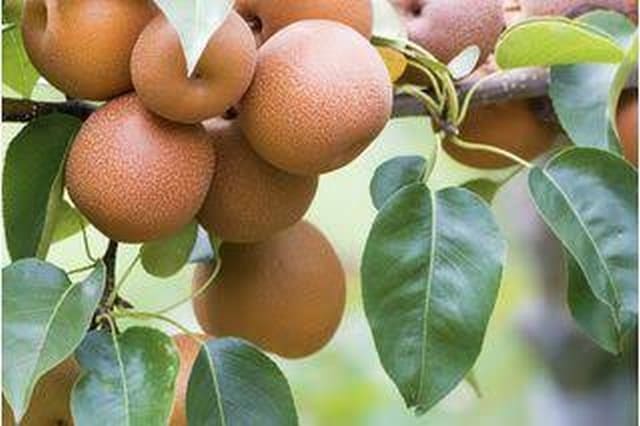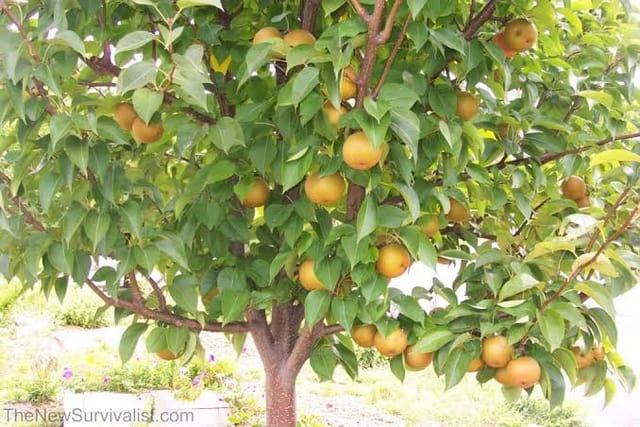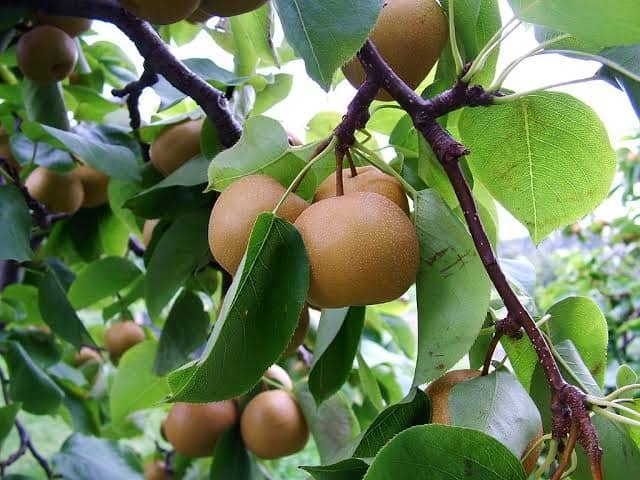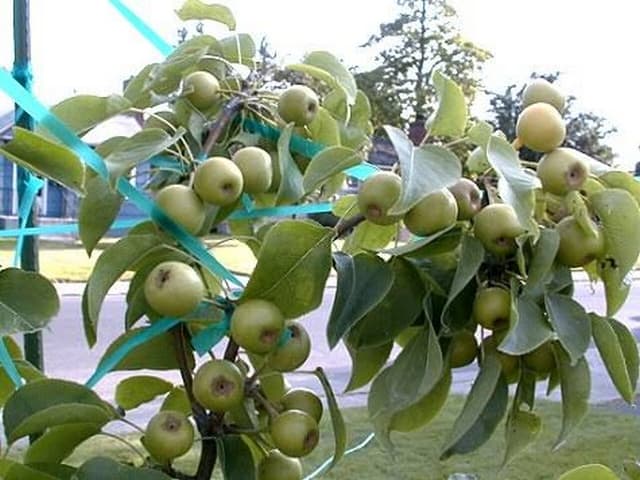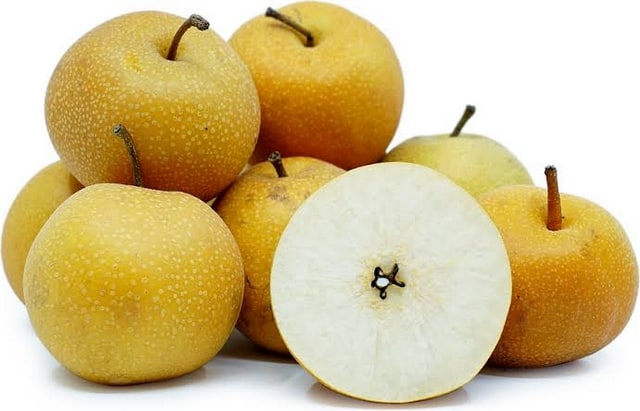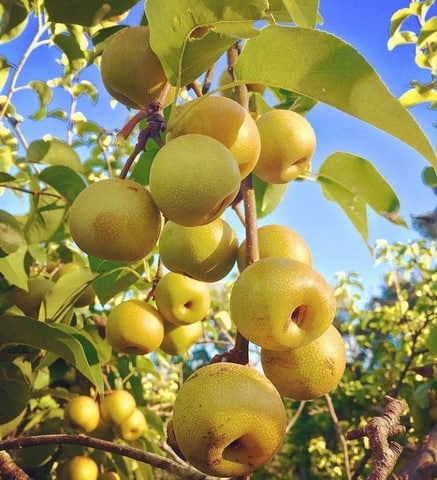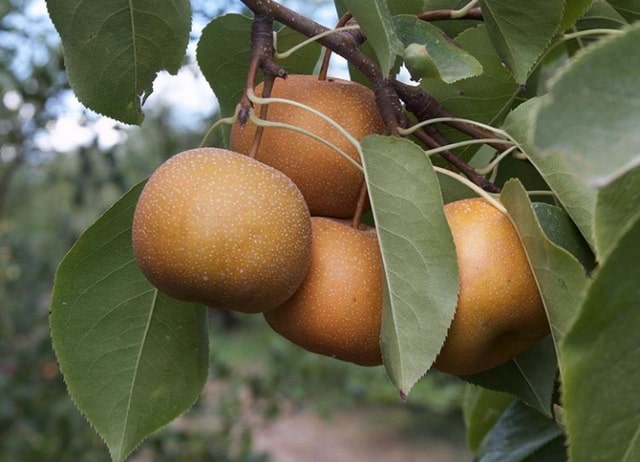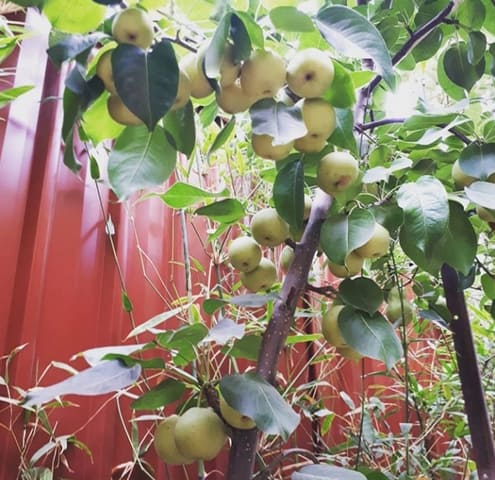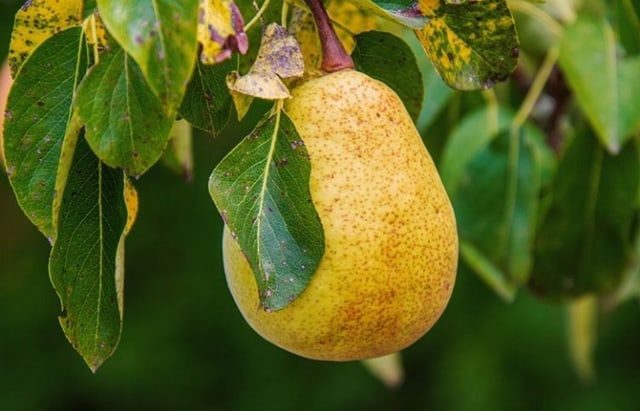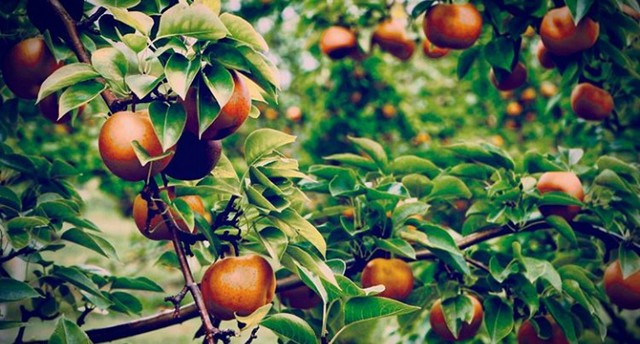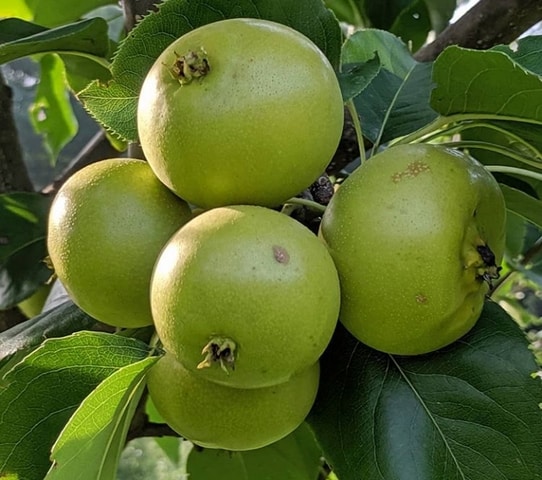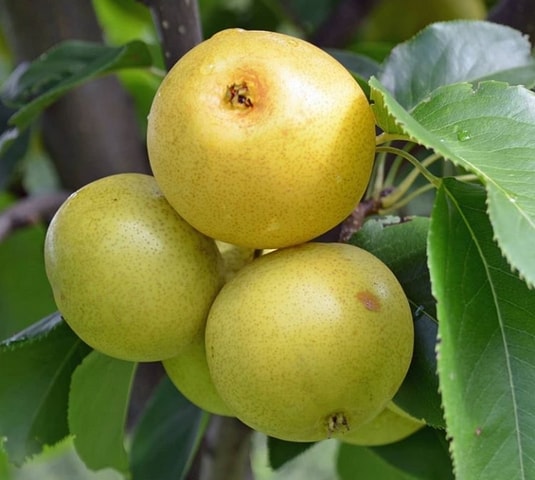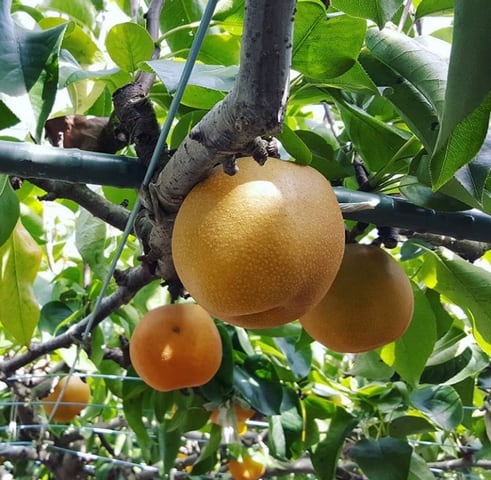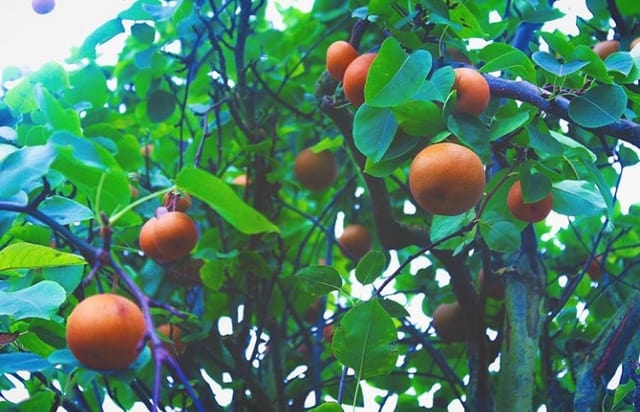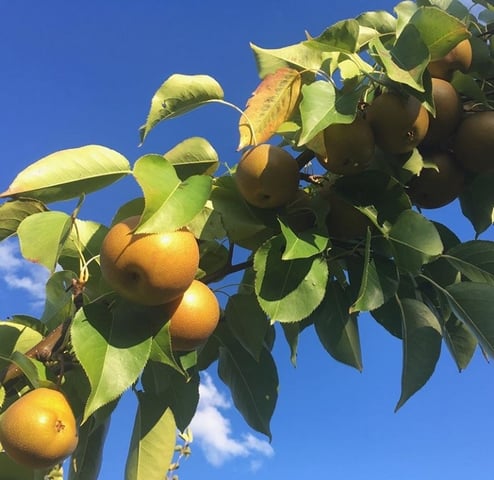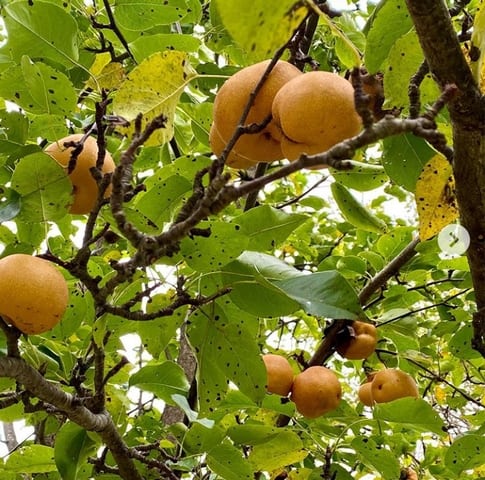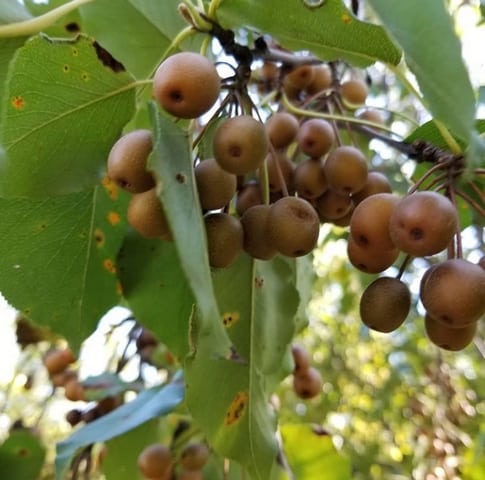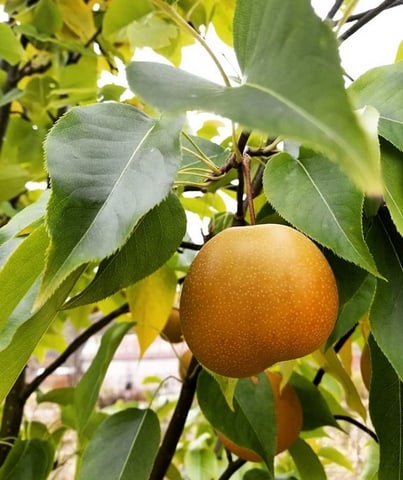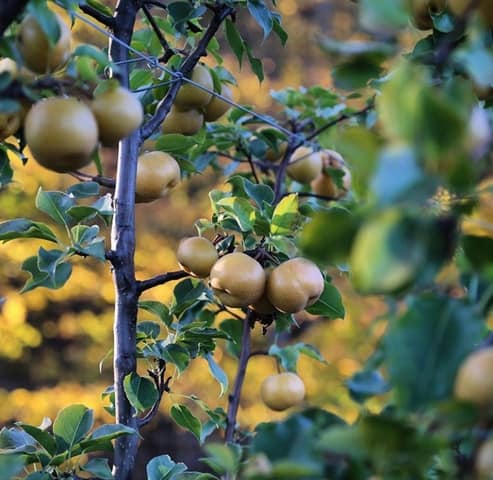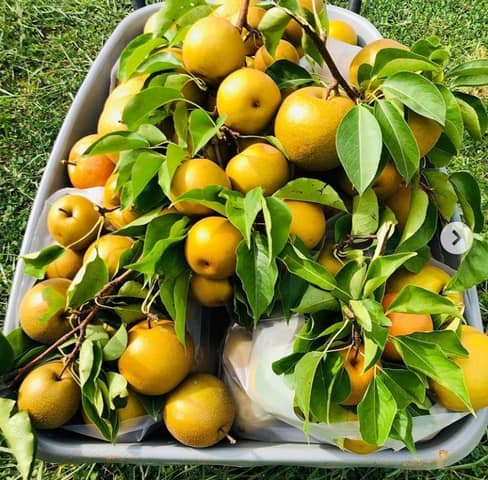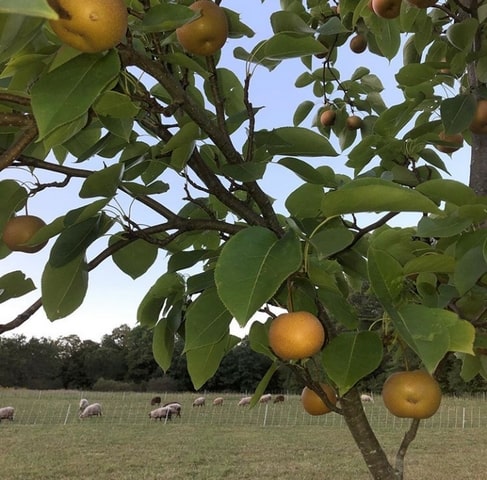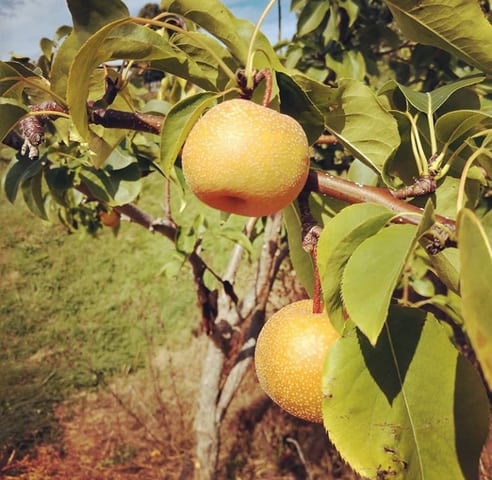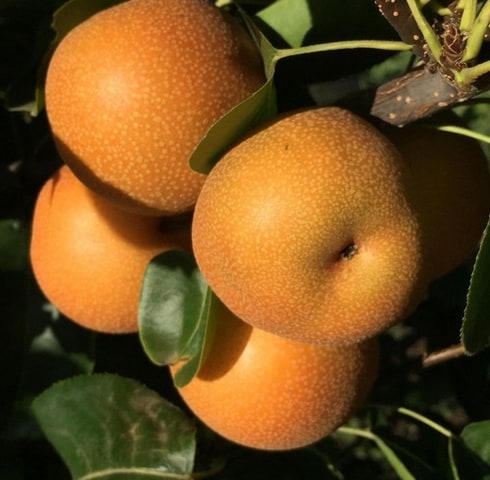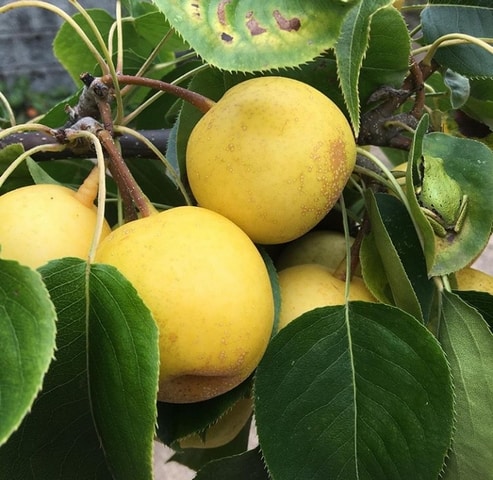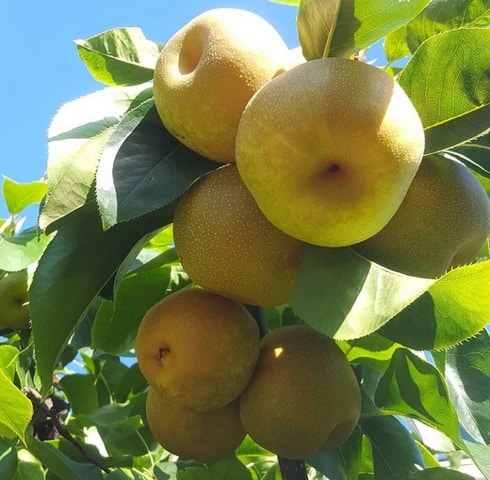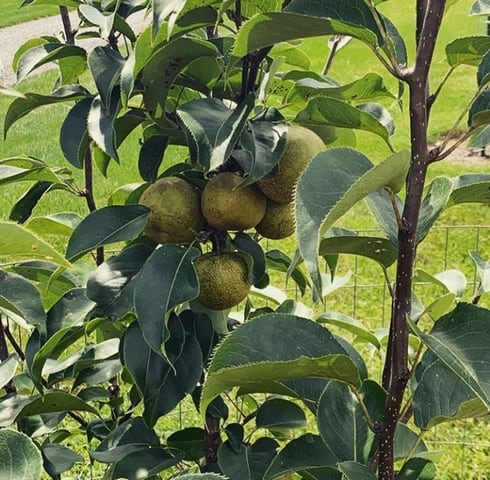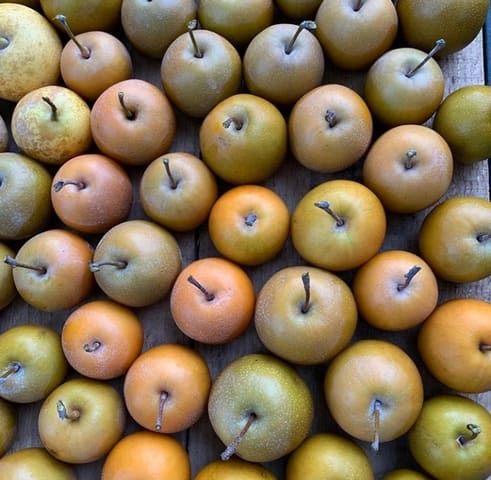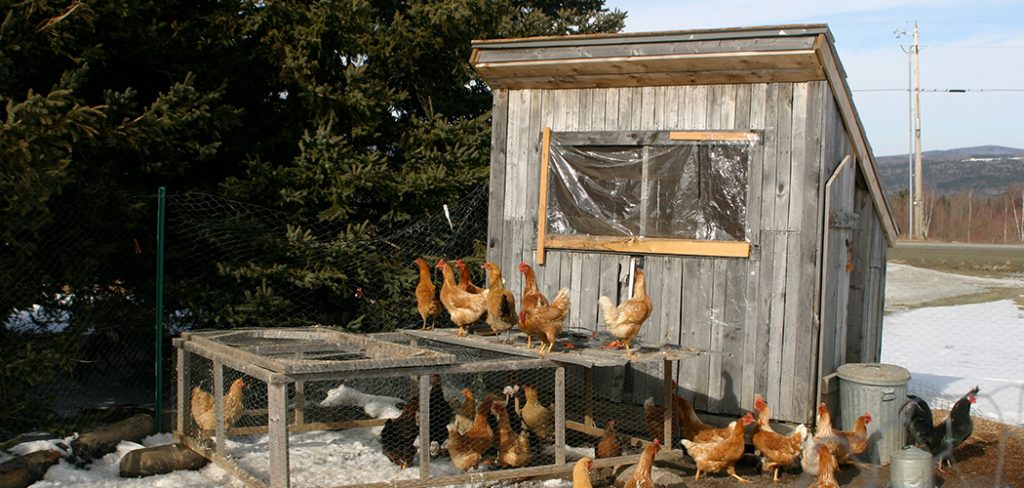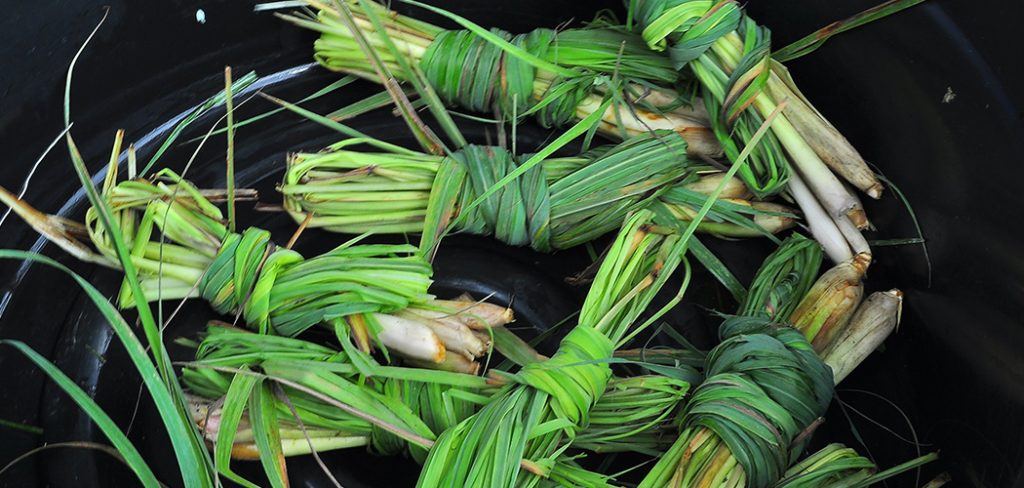You might be hearing about them for the first time, but once you taste an Asian Pear, we can guarantee you will consider growing Asian pears in your backyard for a steady supply of these ridiculously delicious fruits.
Asian pears are a species of pear trees native to East Asia. Otherwise known as Apple pears, Asian pears are cultivated for their edible, sweet-tasting fruits.
They are enjoyed fresh, and chilling before consumption enhances the taste even further.
Fortunately, it is easy to grow and maintain apple pear trees, even for those with basic farming skills.
In today’s article, we’re sharing with you ways on growing asian pears in your backyard, and consequently enjoy a fresh, steady supply of these tasty fruits.
1. Select the right location and soil type for planting
Asian pear trees grow best when exposed to 6-8 hours of sunlight a day; hence, plant them in locations that receive a great deal of sunlight during the day.
The soil to be used in planting should be well-drained and rich in organic matter; If the soil is poorly drained, work in eight inches of compost or peat moss into the top soil to assist with draining.
Pear trees thrive in slightly acidic soil with PH ranging from 6.0 to 6.5.
2. Planting
Asian pears are usually planted via grafts and young seedlings. Pear trees are of two different varieties – the spreading type and the straight growers.
The spreading varieties are easier to manage, but you should choose the straight-growing trees for better fruit quality.
Also, choose two different varieties of Asian pear trees to plant as this ensures cross-pollination; hereby leading to healthier, more delicious fruits.
When planting Asian pear seedlings, make holes that are as deep as, and twice as wide as the tree’s root ball. Pear trees should be planted, at least, fifteen feet apart.
Carefully entangle any knotted roots on the seedlings, and place them in previously dug holes. Cover the holes with soil and water thoroughly.
After doing that, mulch the base of the seedlings with dry grass, leaves or compost. Take care however, not to cover up the trunk.
Pear trees can also be grown from seeds if they are cold-stratified before sowing; This is to ensure the dormancy of the seeds is broken.
To do this:
- Fill plastic pots with a proportional mixture of fine sand and seed-starting compost, preferably in the ratio 1:4. Then, add water to the mixture until it is saturated.
- After that, compact the mixture to get rid of excess fluid
- Make holes that are not too deep in the mixture, and place an Asian pear seed inside. Cover each hole, then spread a thin layer of fine sand on the surface.
- Next thing to do is: place the mixture with the seed into a refrigerator for a period of eight weeks, at a temperature of 32 to 35°F. Monitor it regularly, and add water if it becomes dry.
- When eight weeks has elapsed, transfer the pots from the fridge to a cold room with proper ventilation. Once the seeds germinate, cut the ventilation. Water the seedlings regularly to ensure they don’t dry out.
- Once the spring frost is over, move the seedlings out and grow them in partial shade till they are about four inches tall. Immediately they grow to that height, transplant them into open fields.
3. Maintenance and care
A month after planting, add small amounts of 10-10-10 fertilizer round the base of each pear plant. For the first year after planting, Asian pear trees require constant watering. Cut back on the watering in subsequent years.
Thin the Asian pear plant by removing some of its immature fruit. Doing this ensures the plant focuses precious energy on producing fresher fruits.
Prune the pear tree regularly by removing dry branches and sprouts; This ensures the tree branches out, thereby receiving more sunlight.
4. Harvesting and Storage
Asian pears should be left on the trees to ripen before they are plucked. Fruits that are ready for harvest detach easily from the tree when rocked slightly.
Asian pears are a bit fragile, hence should be handled with care when being harvested.
Pears can last for months if they are stored in refrigerators, but they can also be dried to lengthen their shelf-life.
Photo Gallery of Growing Asian Pears
You should also check our growing potatoes and growing peanuts guide.
